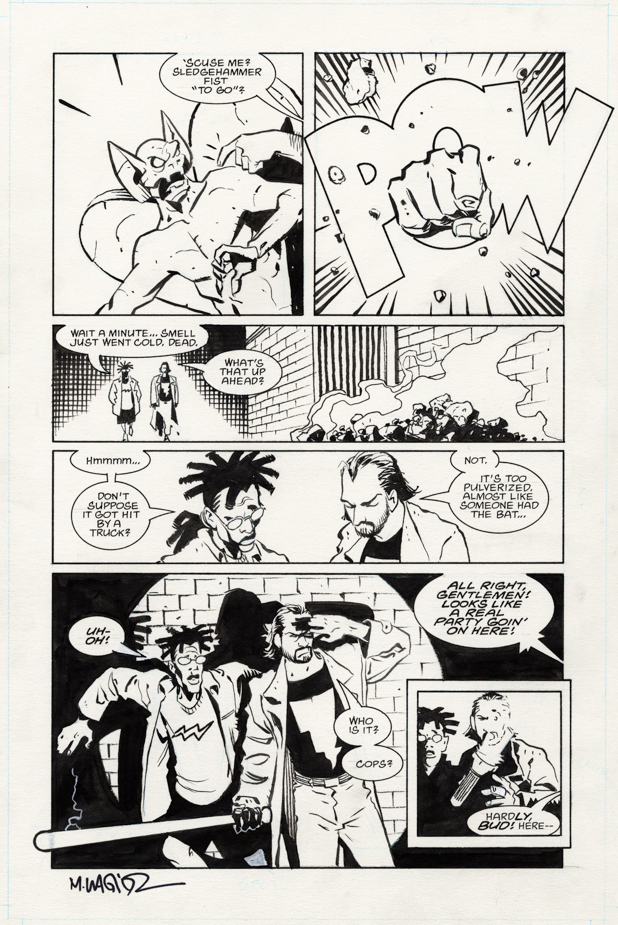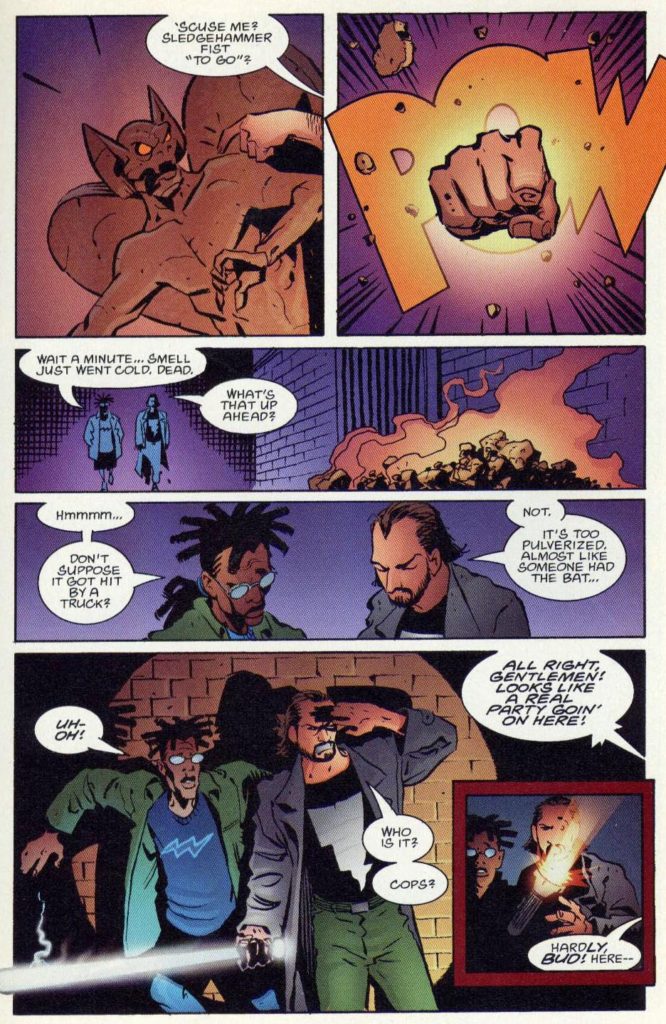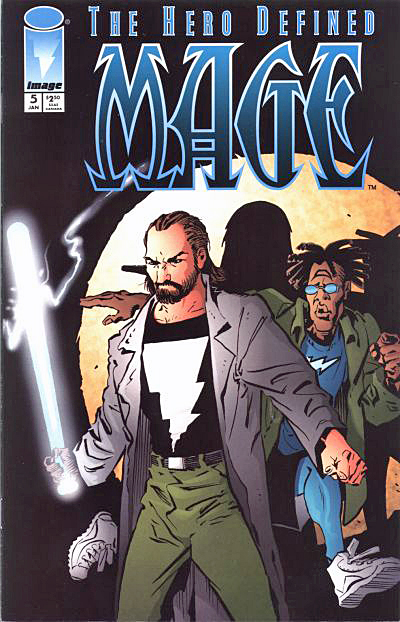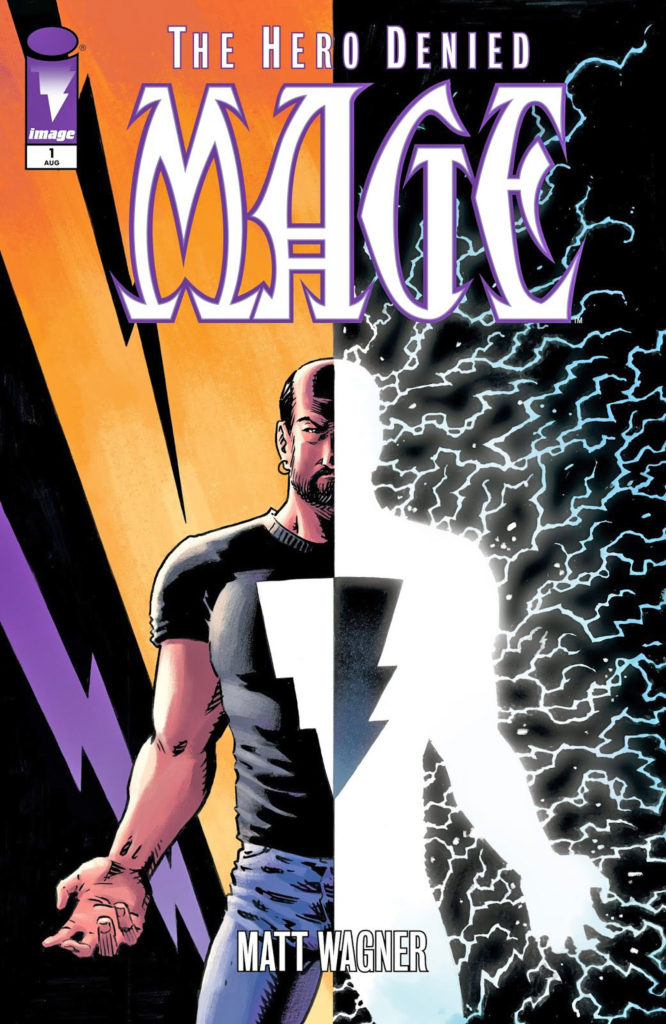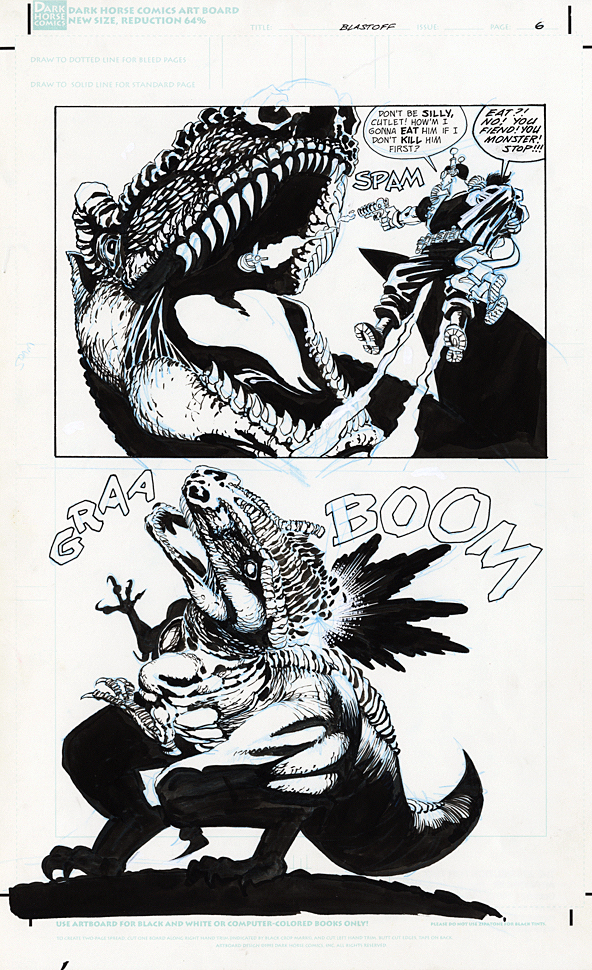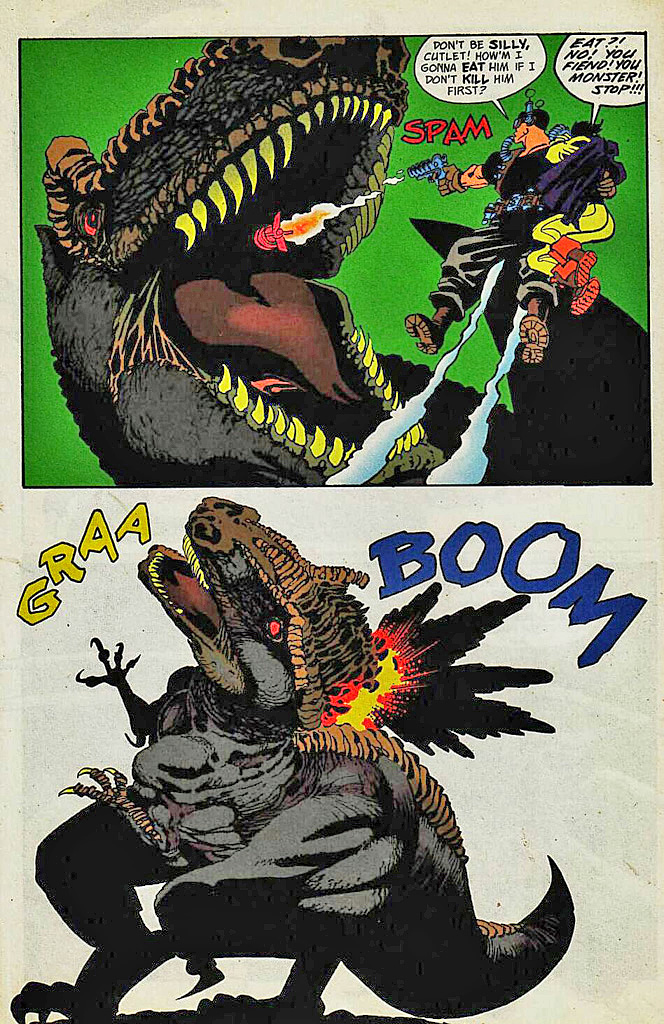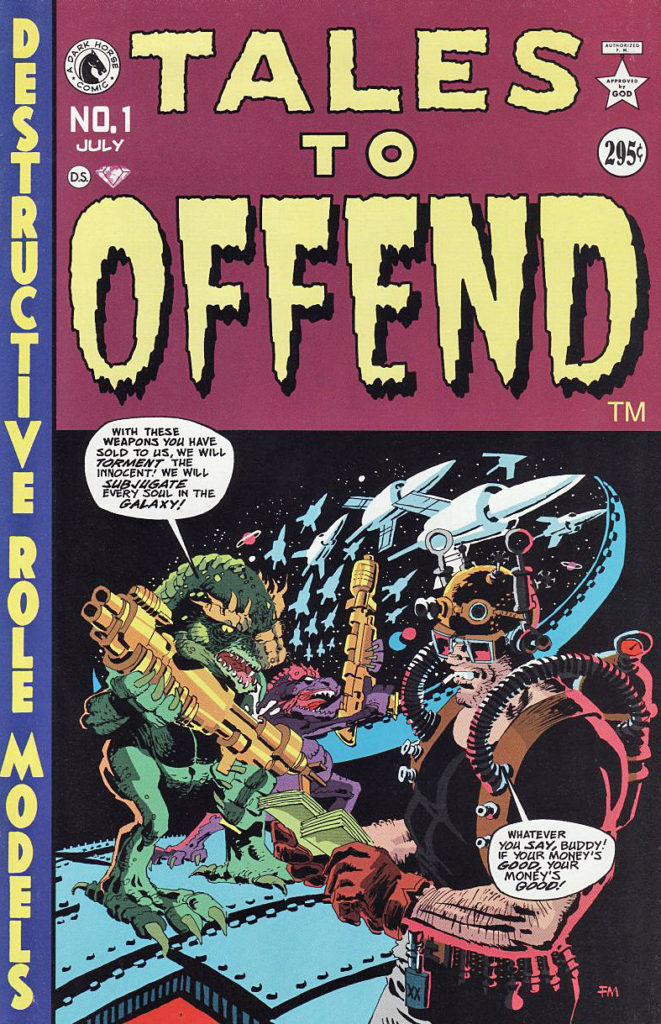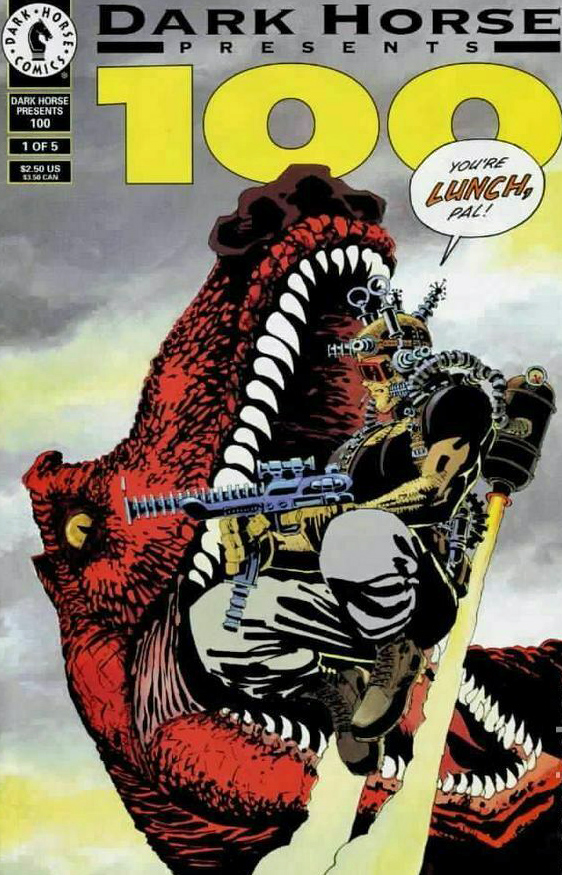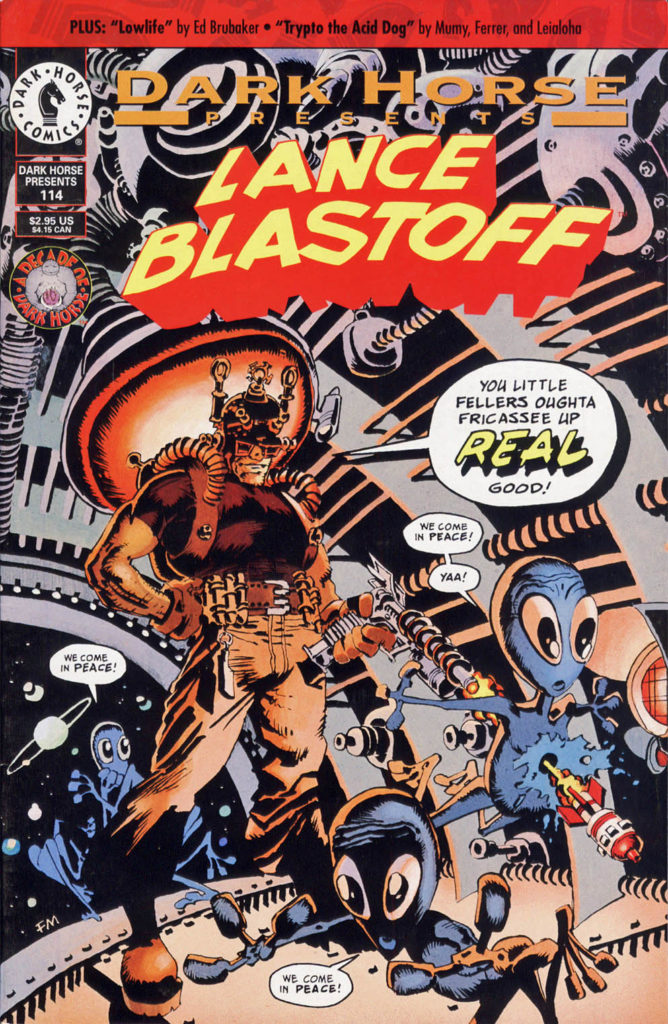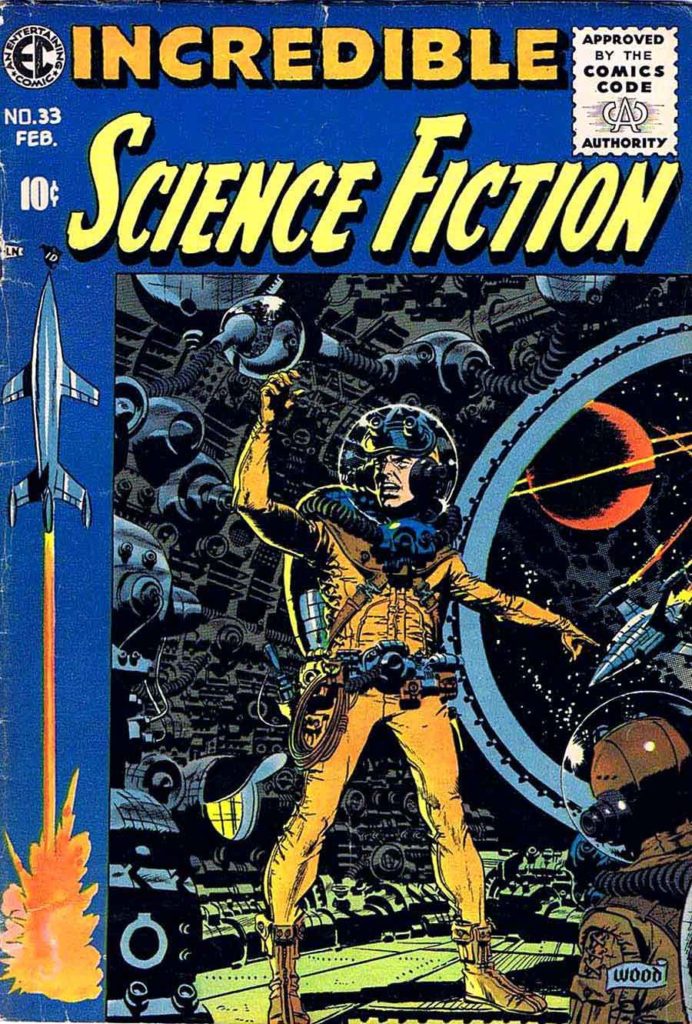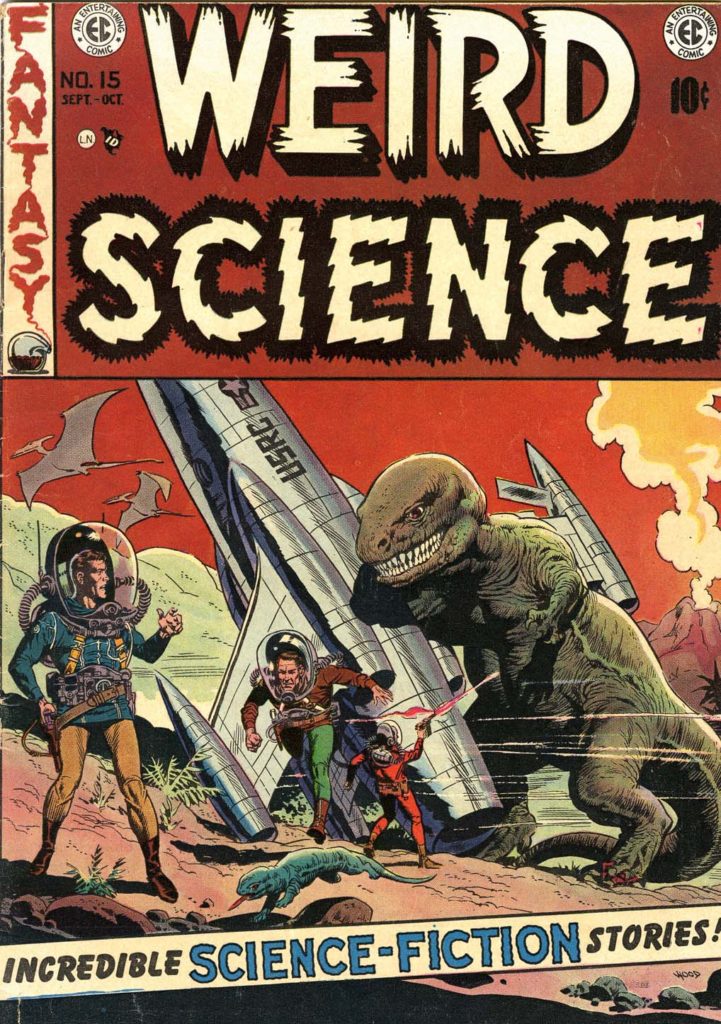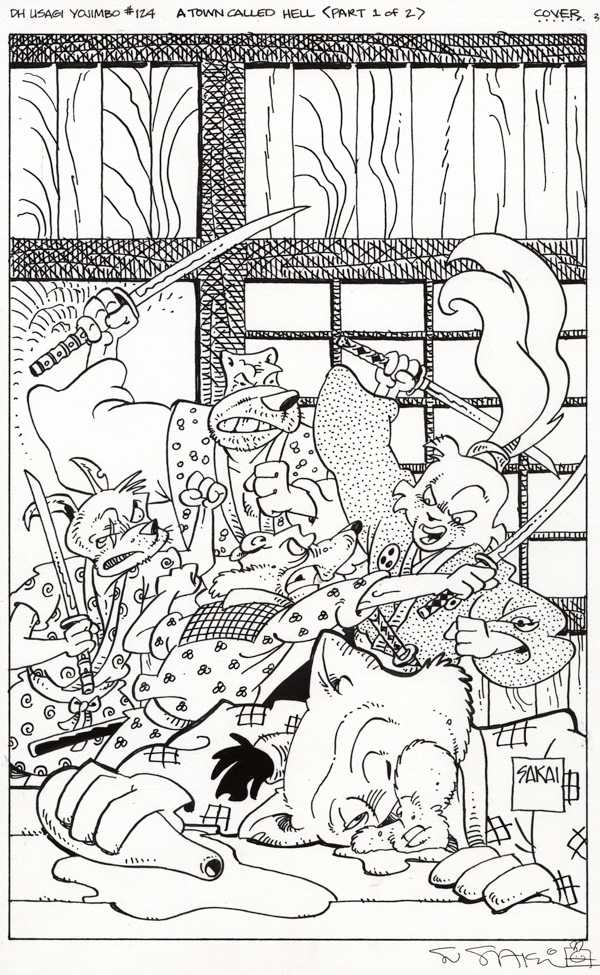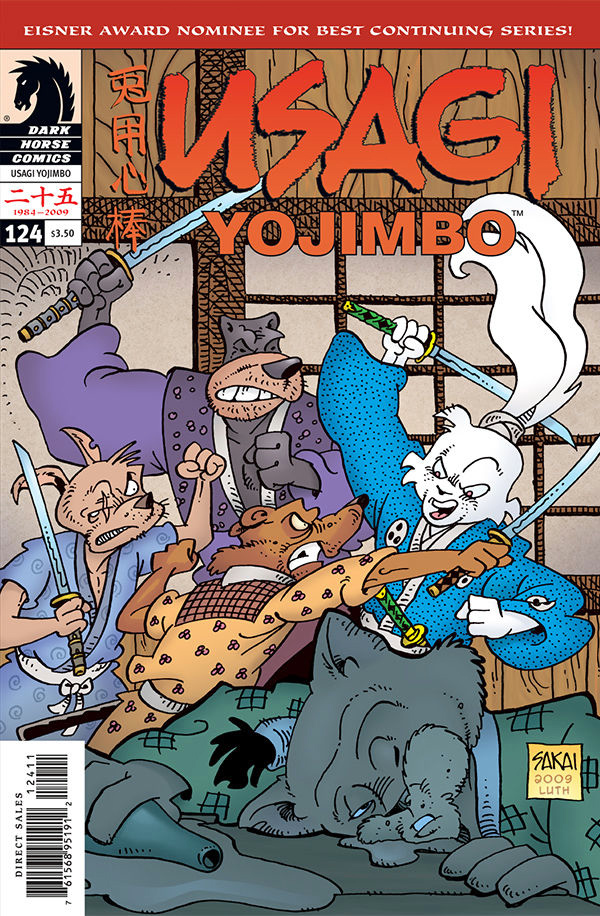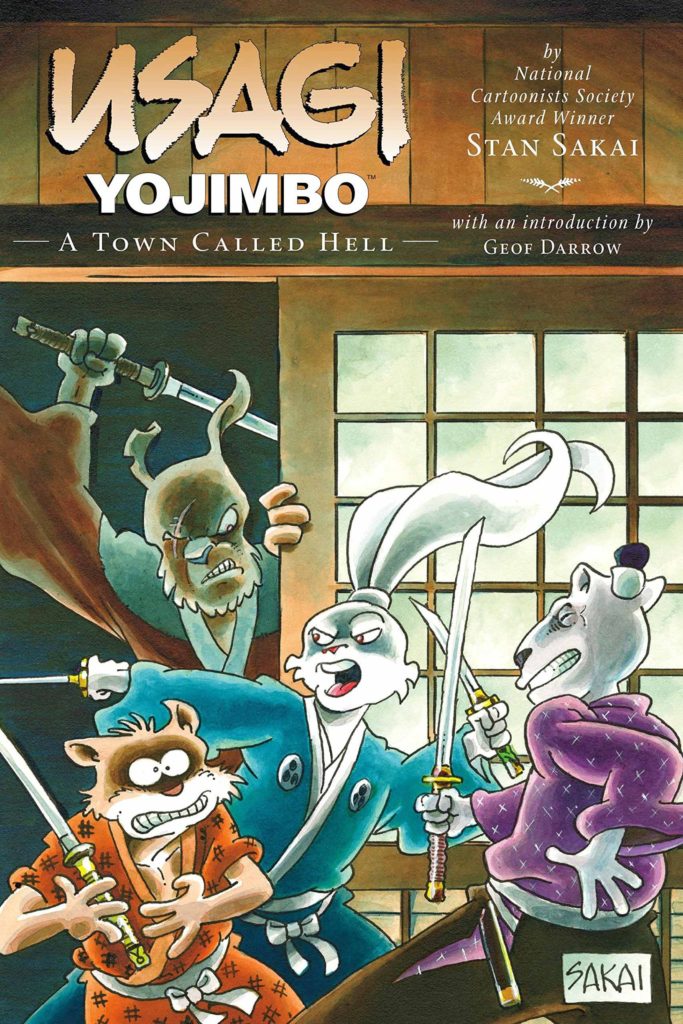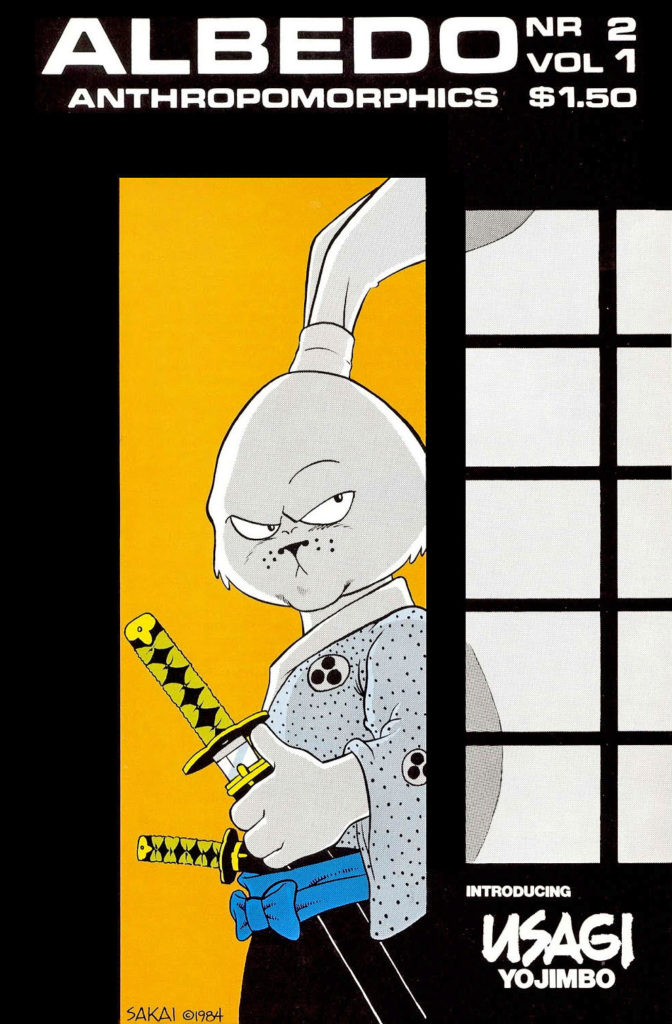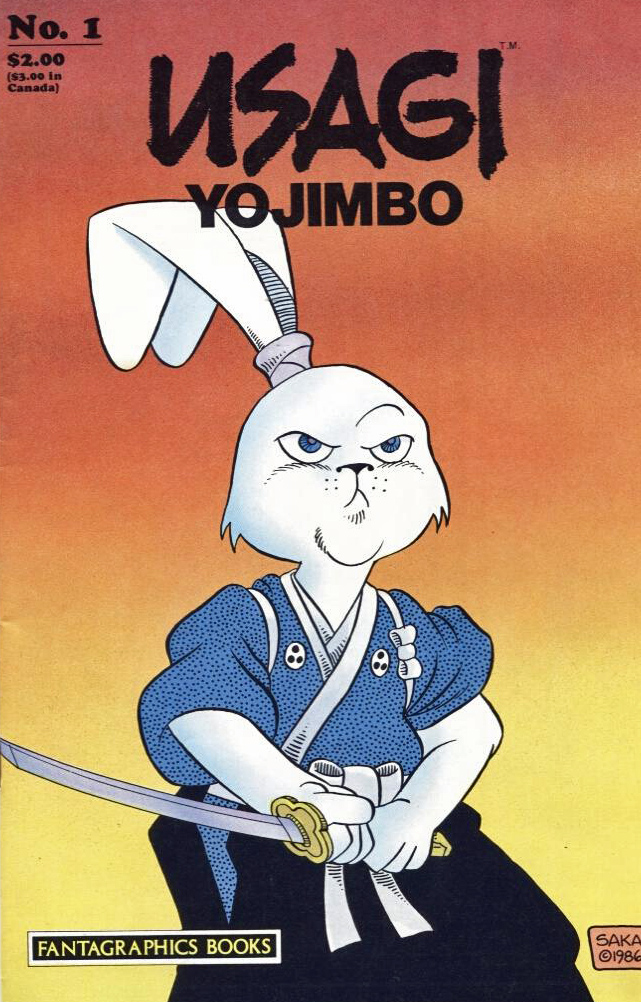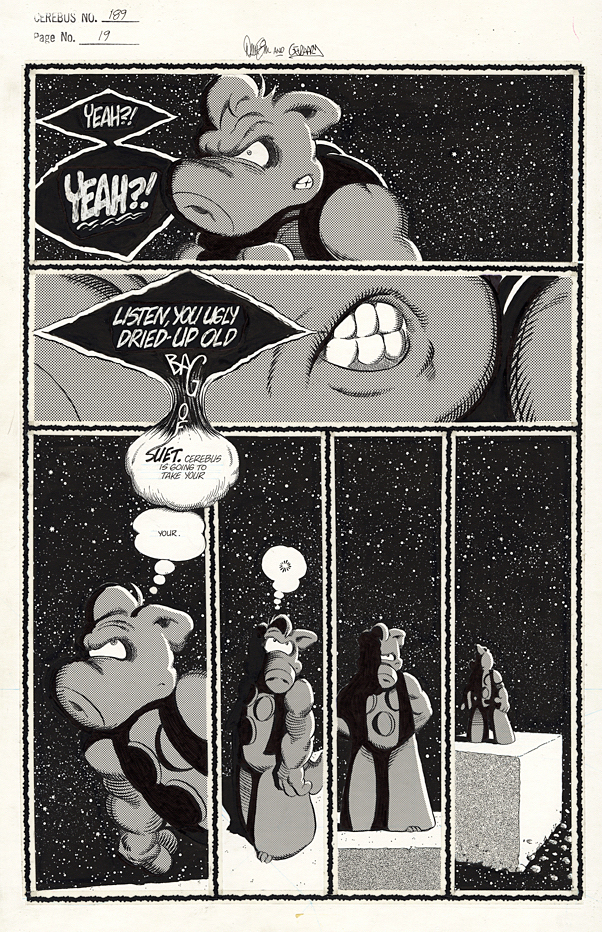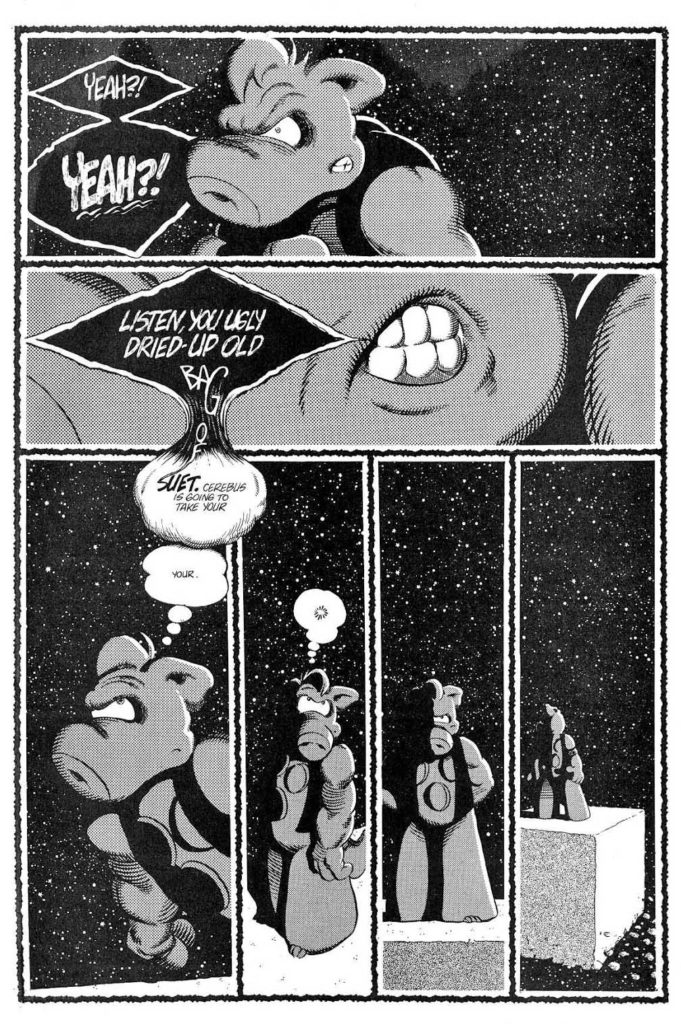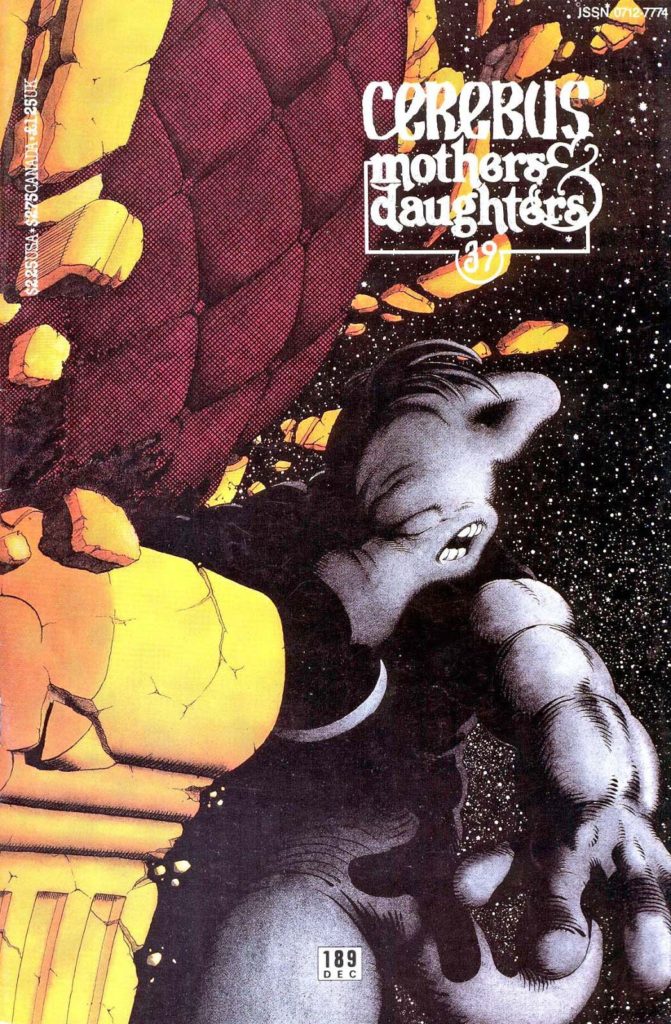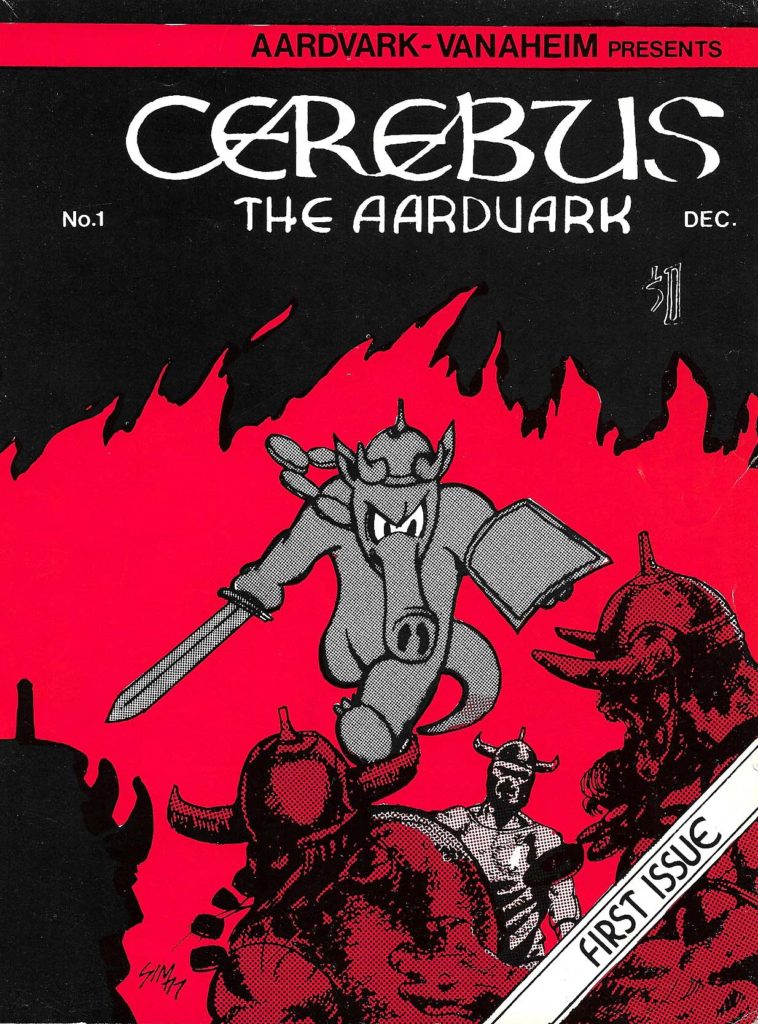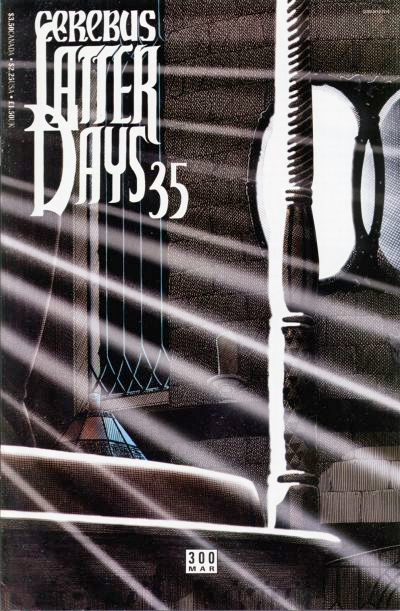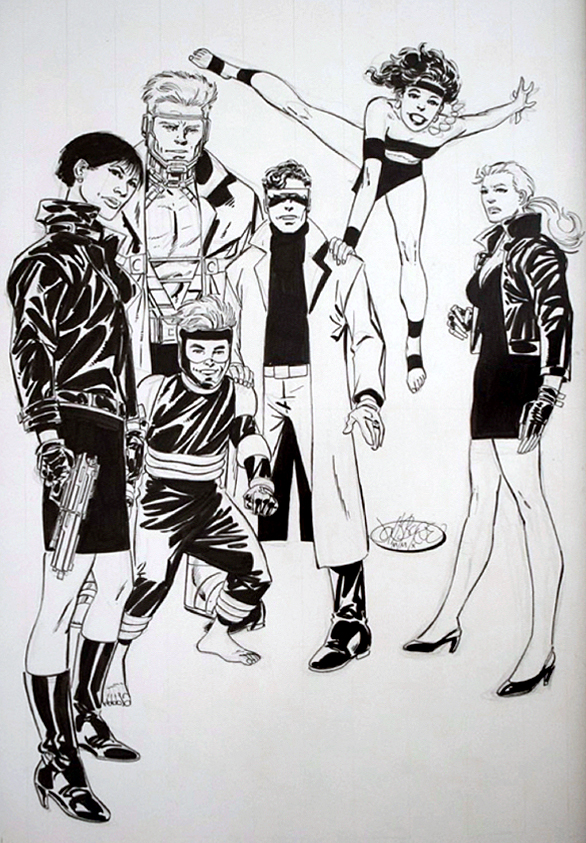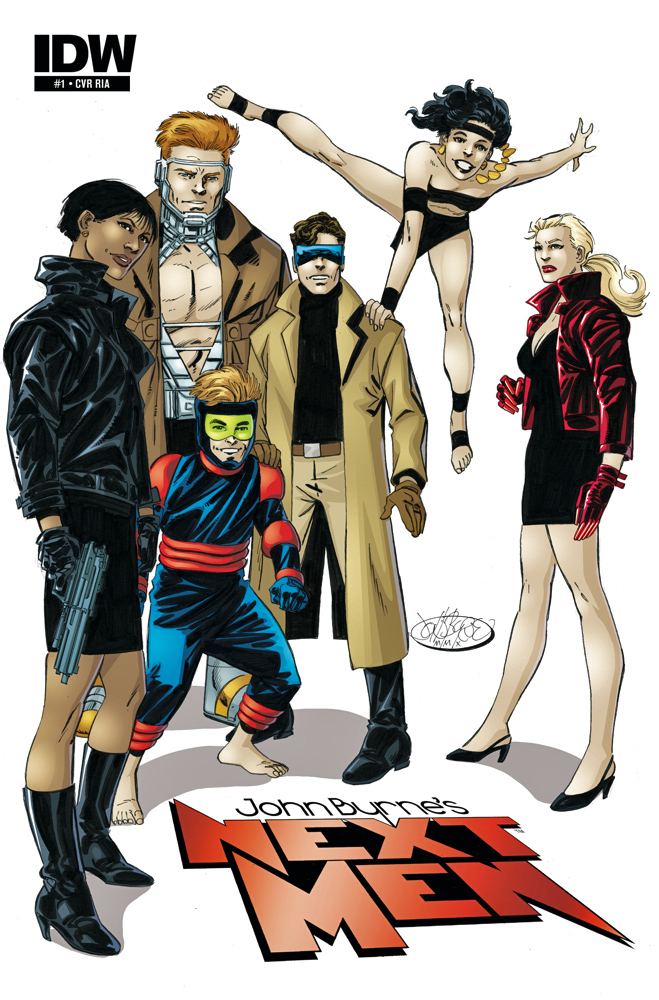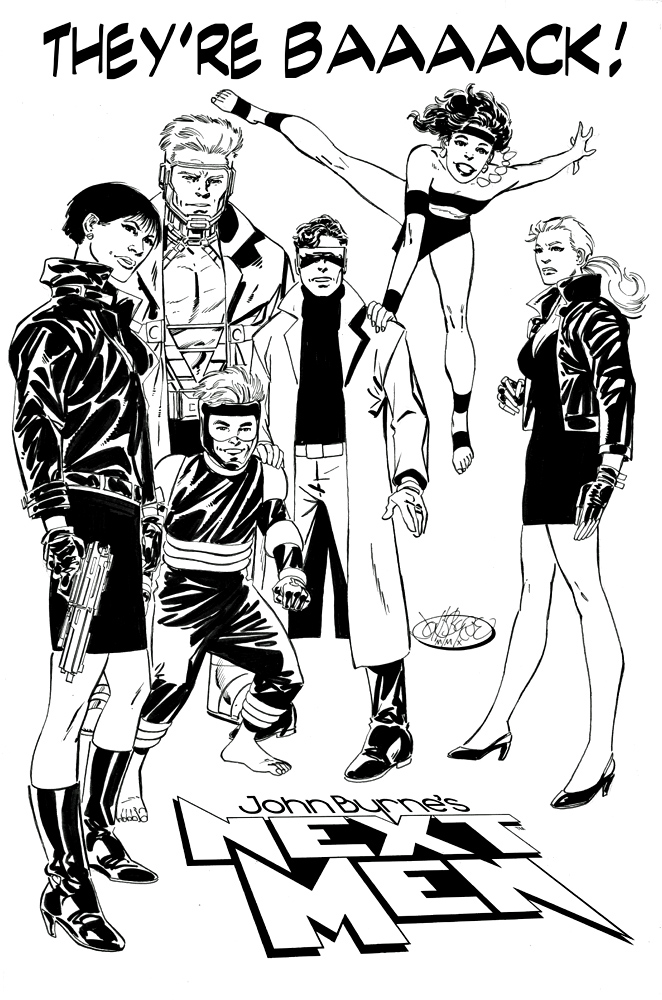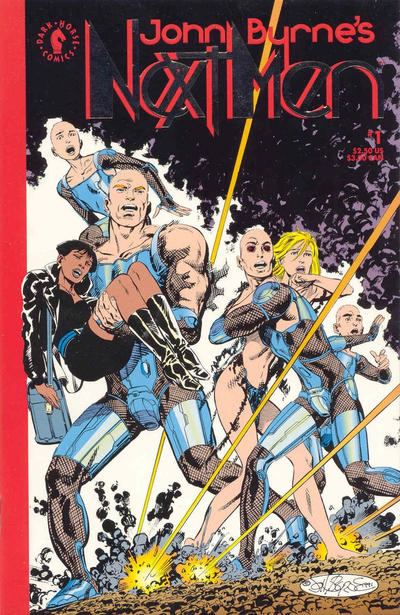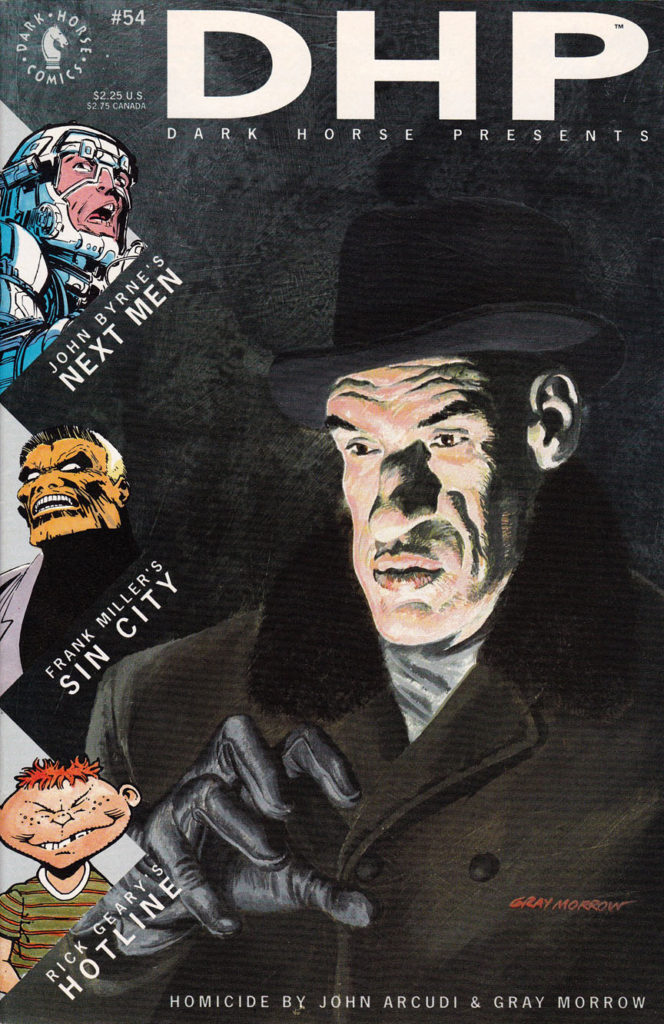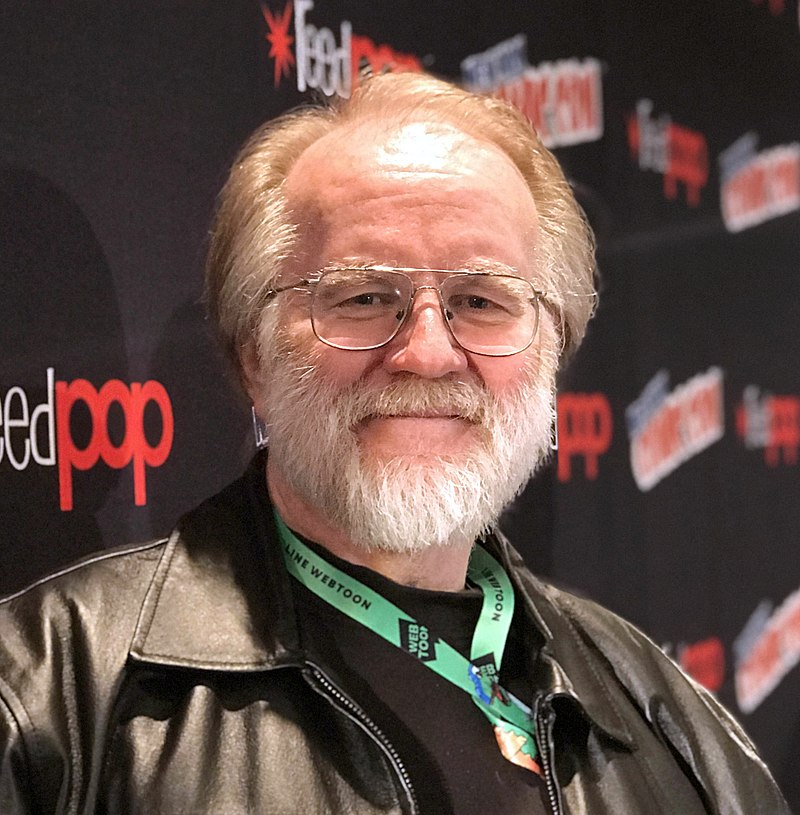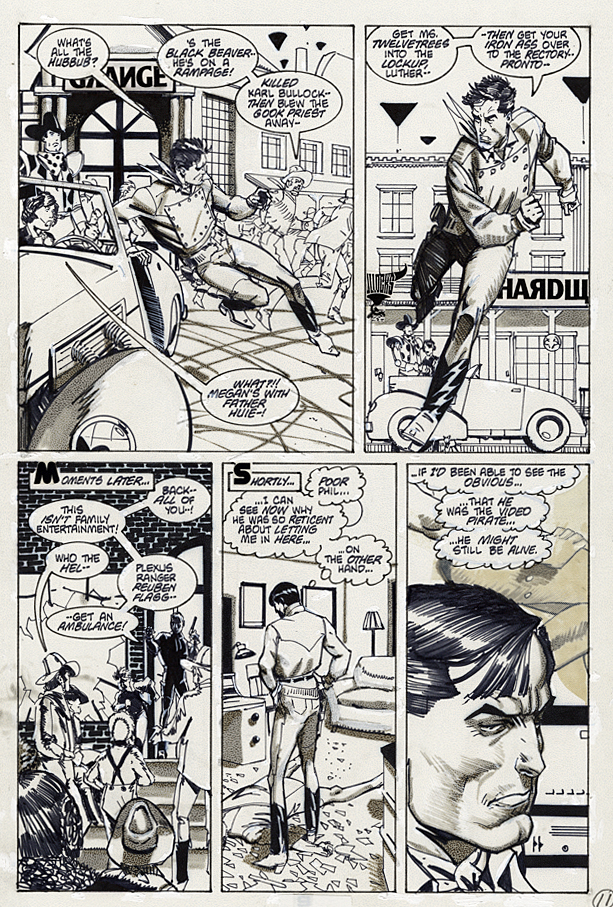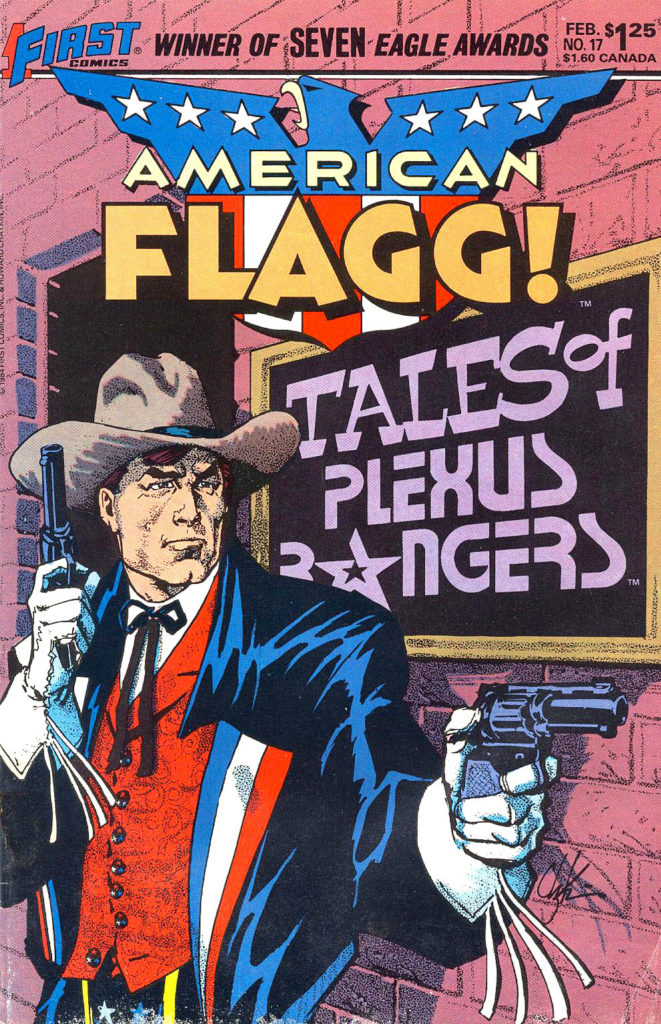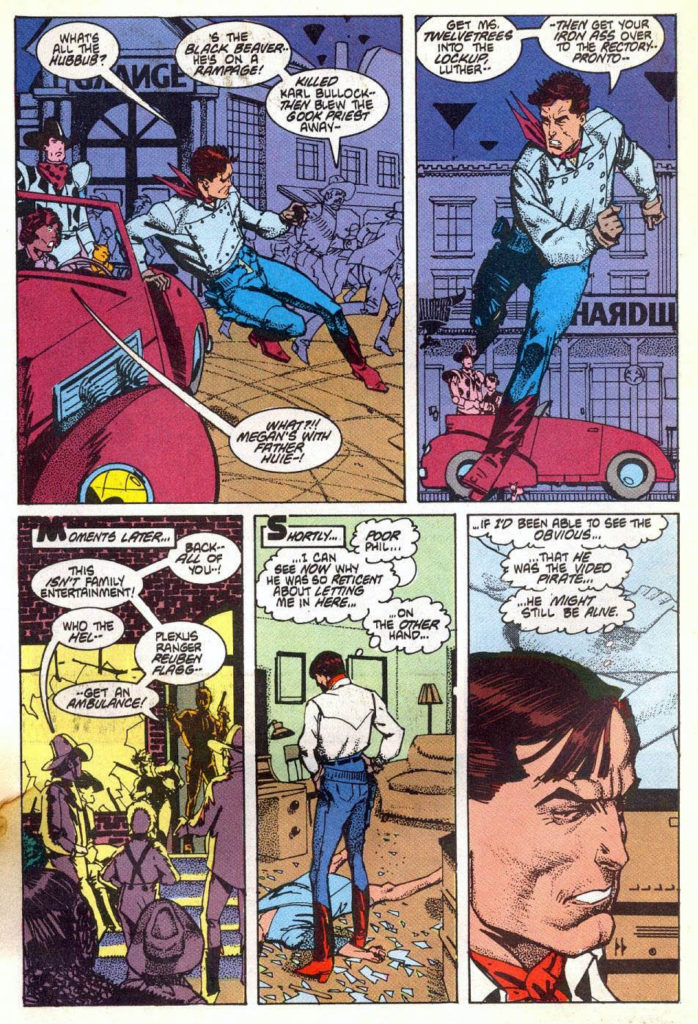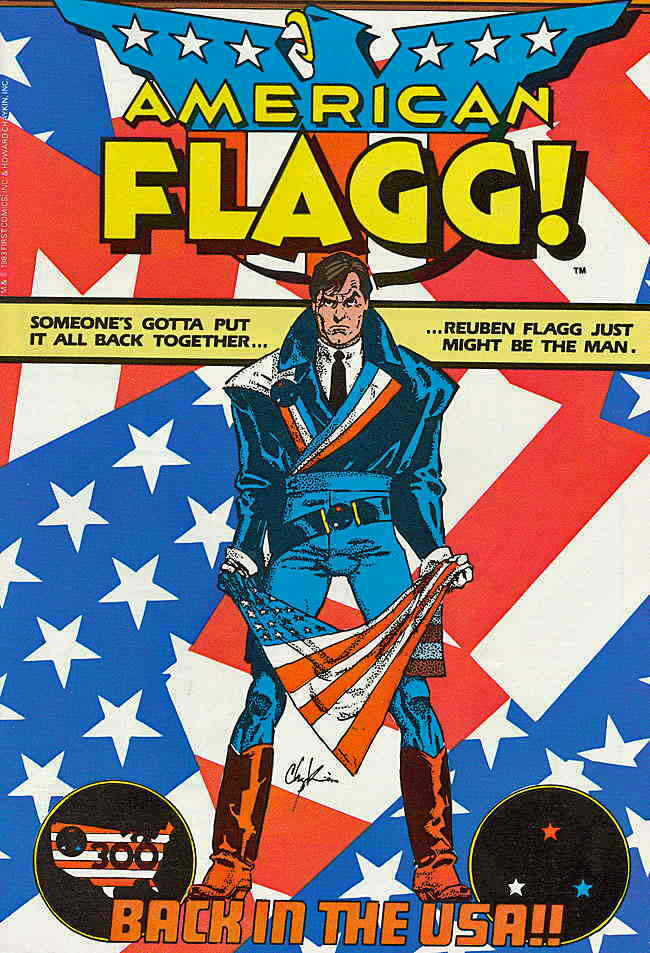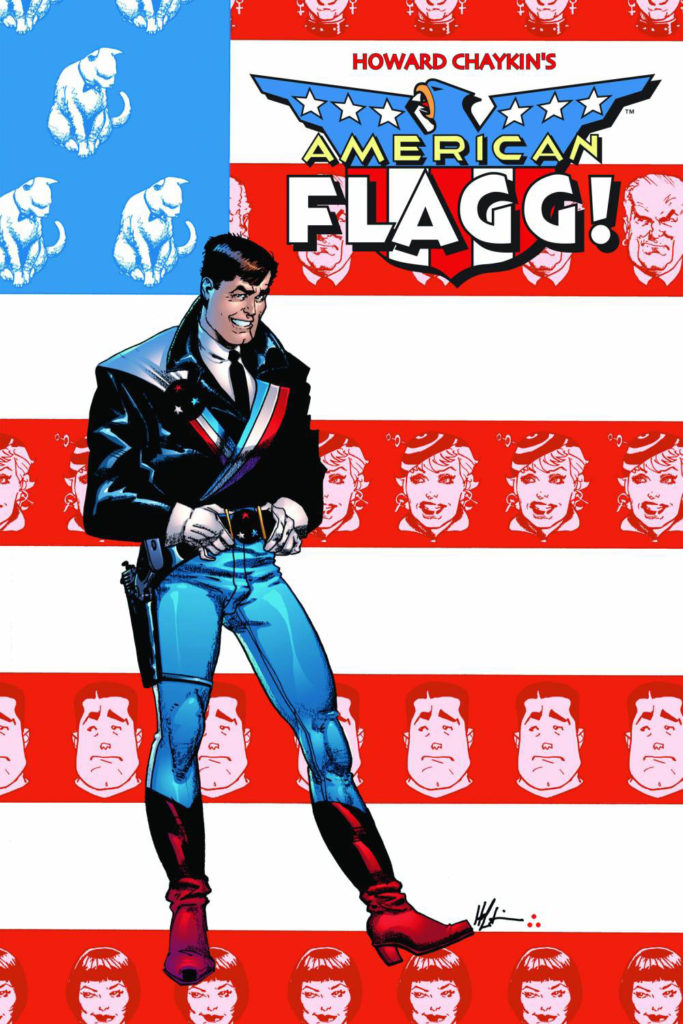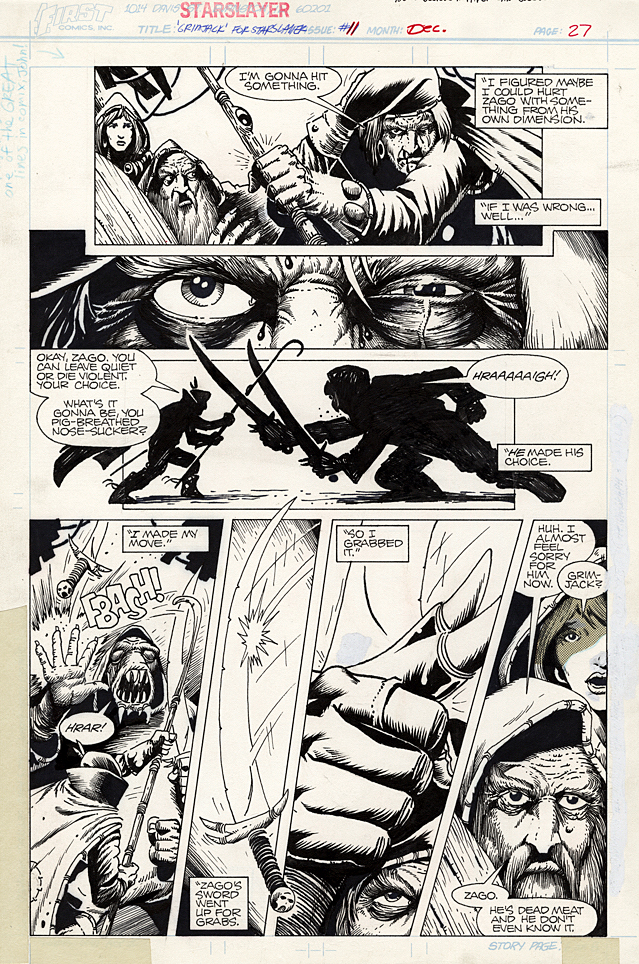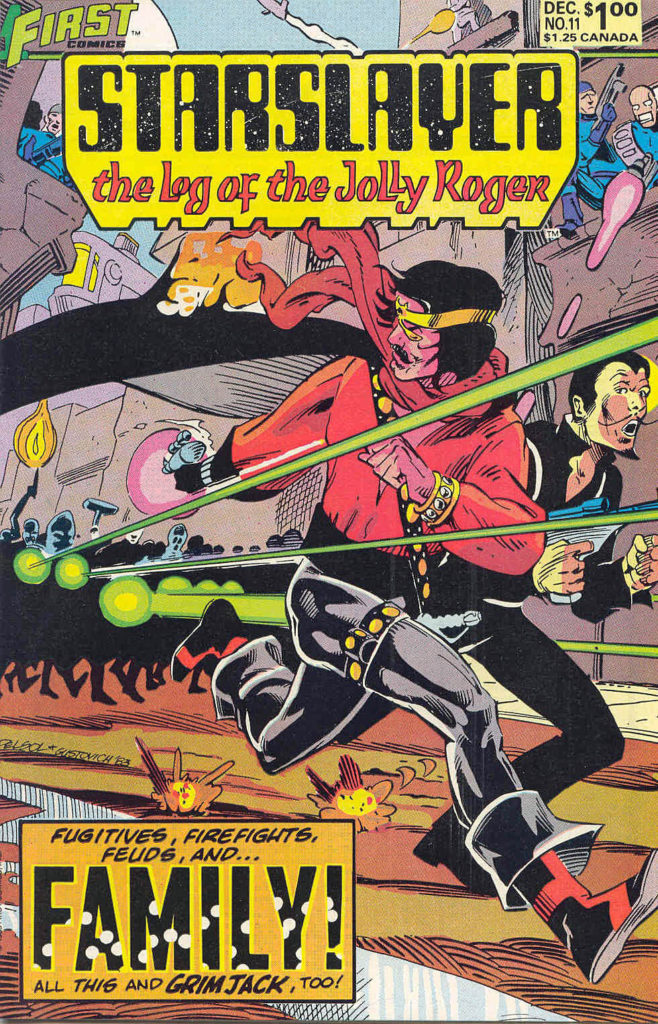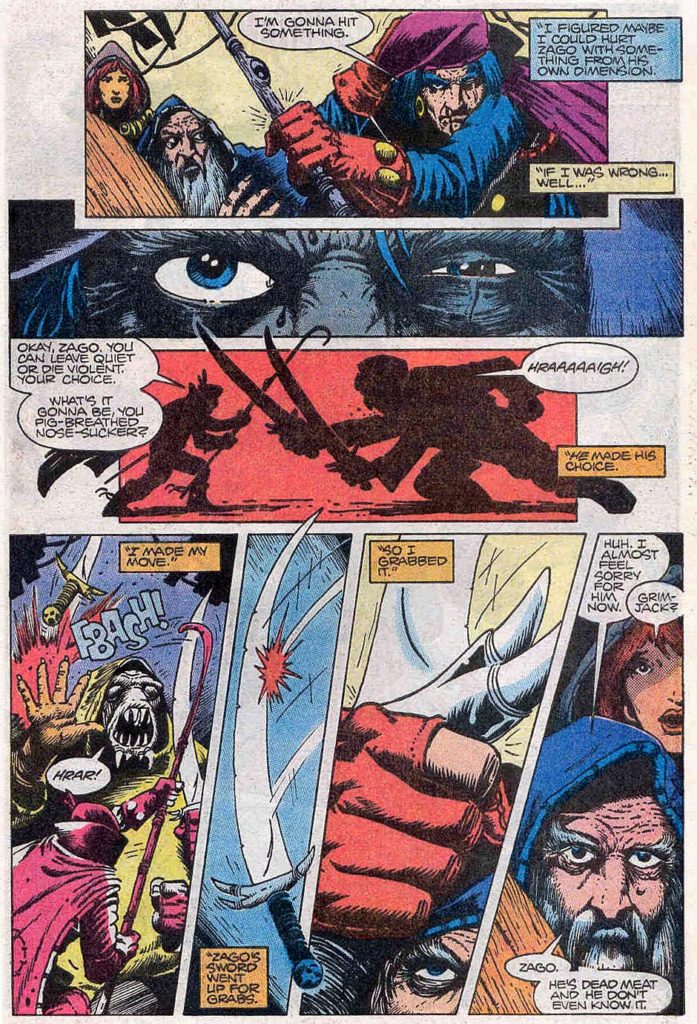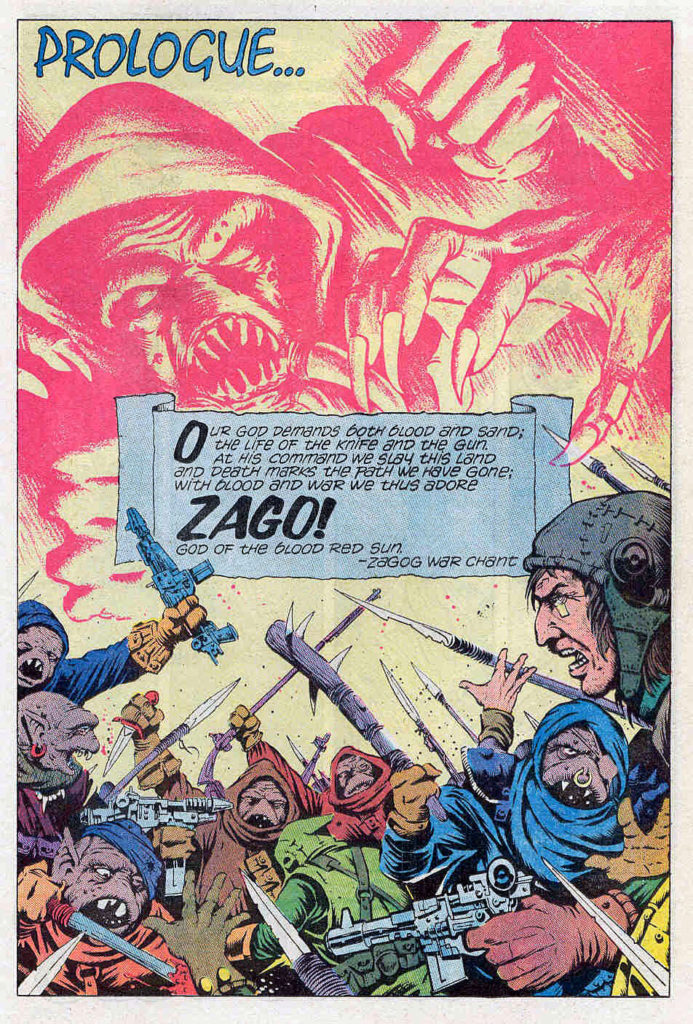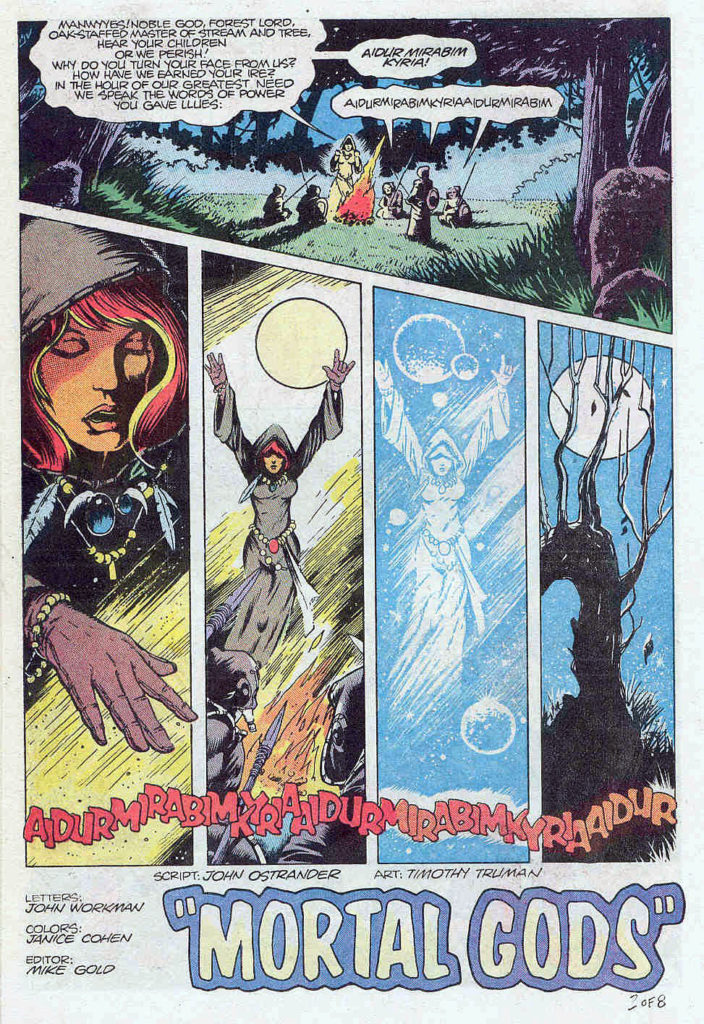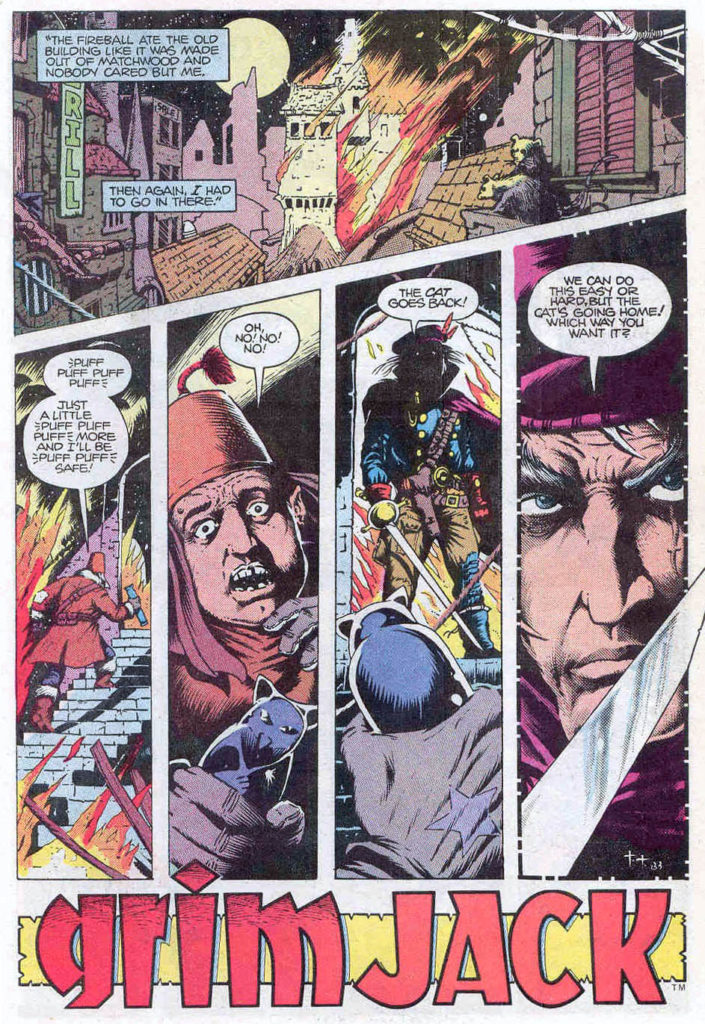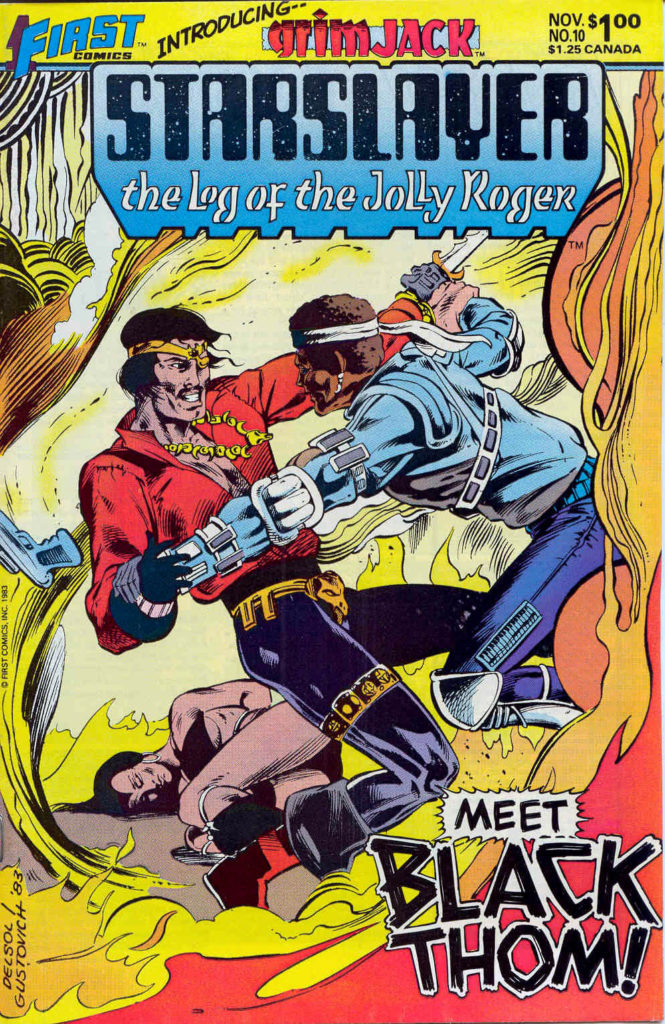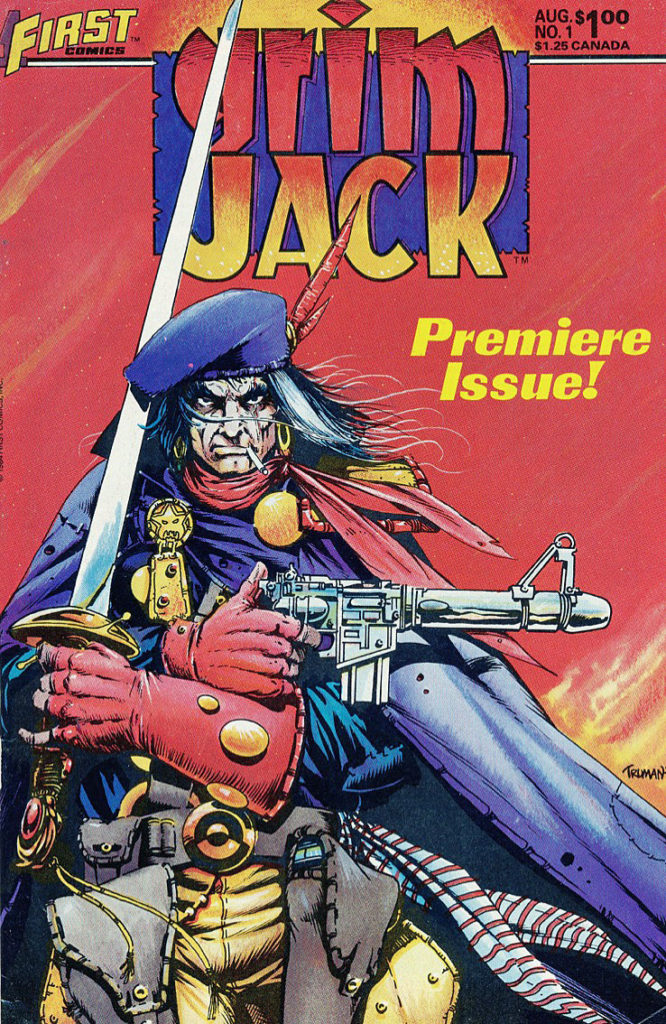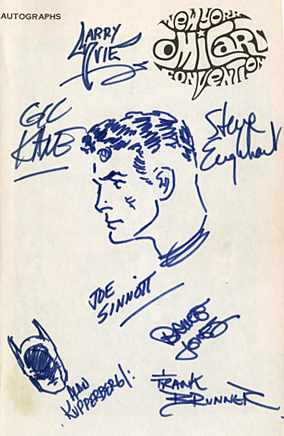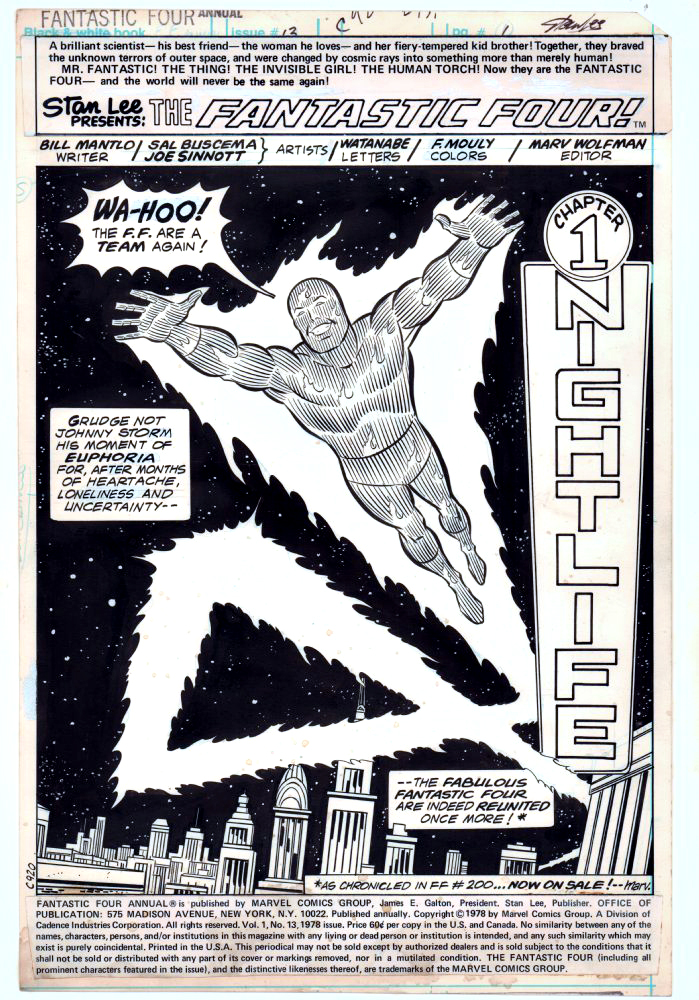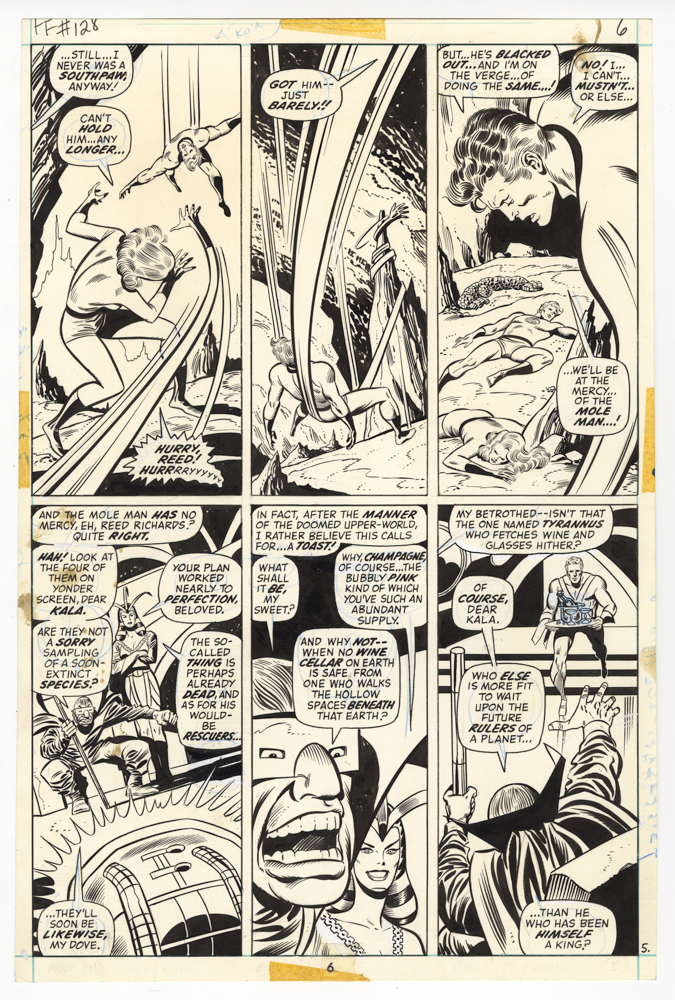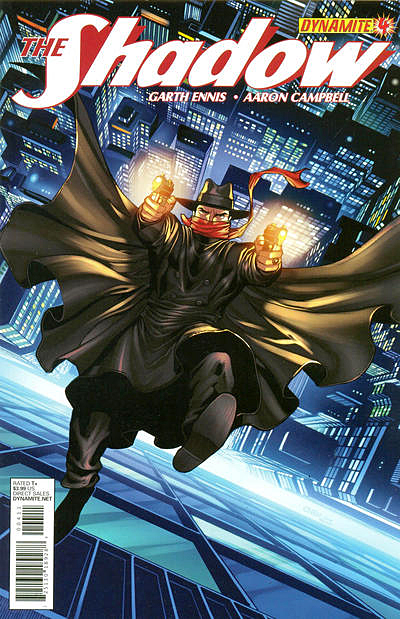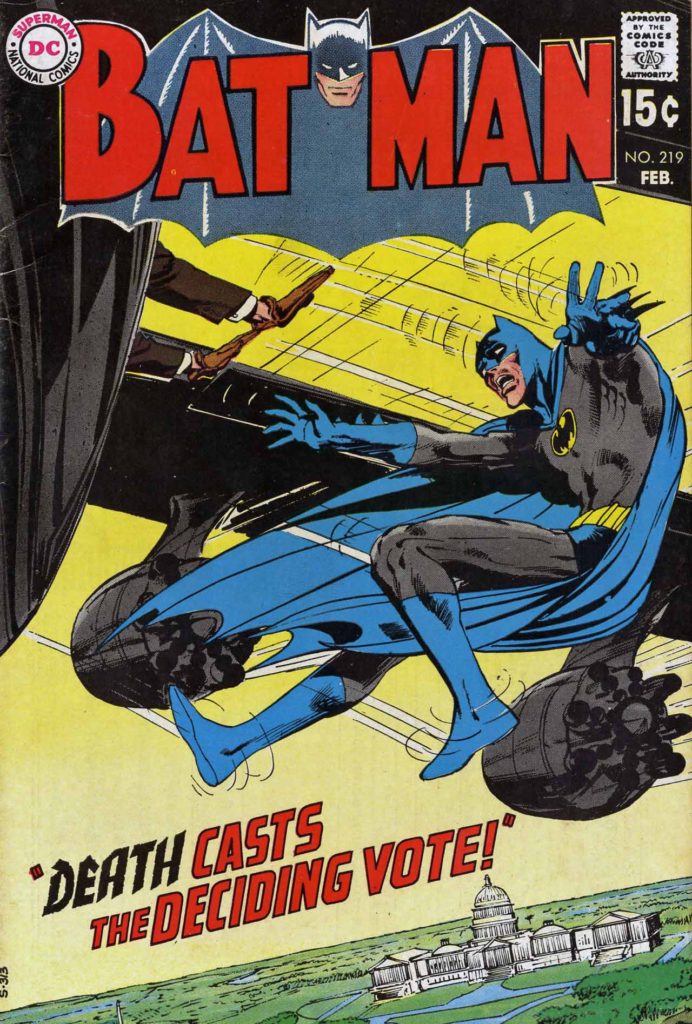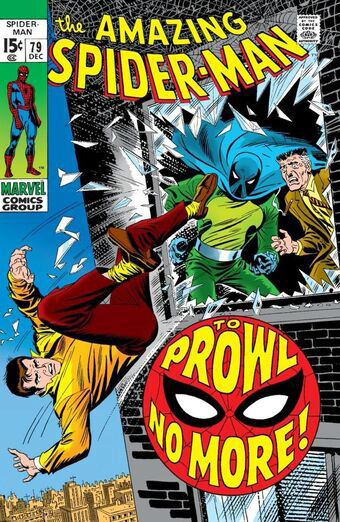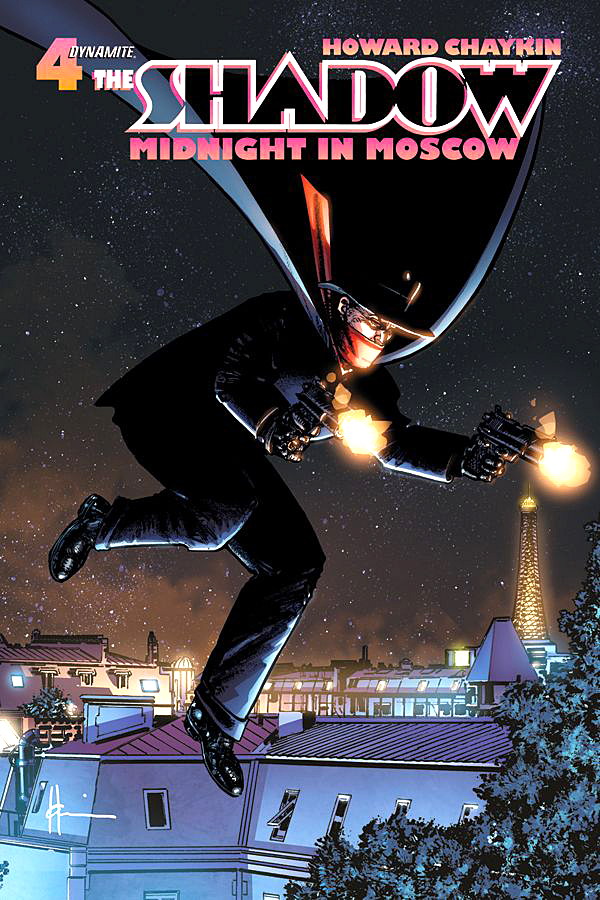Matt Wagner — Defined
Mage (Hero Defined) #5, January 1998
As discussed previously in this blog and elsewhere, Matt Wagner is a terrific talent.
Although it’s always great fun to see him play with other kid’s toys (The Demon, Batman, The Shadow, etc.) its obvious he has a special appreciation for his two long-time creations, Grendel and Mage. And Mage has been one those series has always demanded my attention, and my admiration.
MAGE is the contemporary tale of reluctant hero Kevin Matchstick who, after encountering a modern-day wizard, learns he is the reincarnation of the legendary King Arthur Pendragon, able to wield the power of the mystical weapon, Excalibur. (Now a magical baseball bat instead of a sword.)
Here’s Matt discussing it in a 2017 interview, just ahead of launching the final story arc
“For anyone who doesn’t realize it, MAGE is what I like to describe as an allegorical autobiography, with the character of Kevin Matchstick very obviously standing in as my literary alter-ego. All the other characters he encounters and situations he endures are metaphors from my own life…told through the lens of a fantasy adventure.”
It’s a wonderful trilogy — told over the span of 35 years — and Matt is probably bored with me telling him how much I enjoy and admire the work. (I first met him in the 80s and have sung the same tune since then.)
The autobiographical part of the fantasy is key to me, because Matt and I —and his hero Kevin Matchstick — are all about the same age.
Kevin’s character ages and incorporates Matt’s life experiences, which is still a fairly uncommon feature in graphic storytelling.
This cool page is from the middle of the trilogy, and features the cover scene of the issue in the wonderfully-executed final panel. POW indeed.
Matt says the Mage story is complete and the story of Kevin Matchstick is finished, but maybe he will incorporate a senior citizen story 20 years from now — we can discuss it over a game of checkers in the park.

